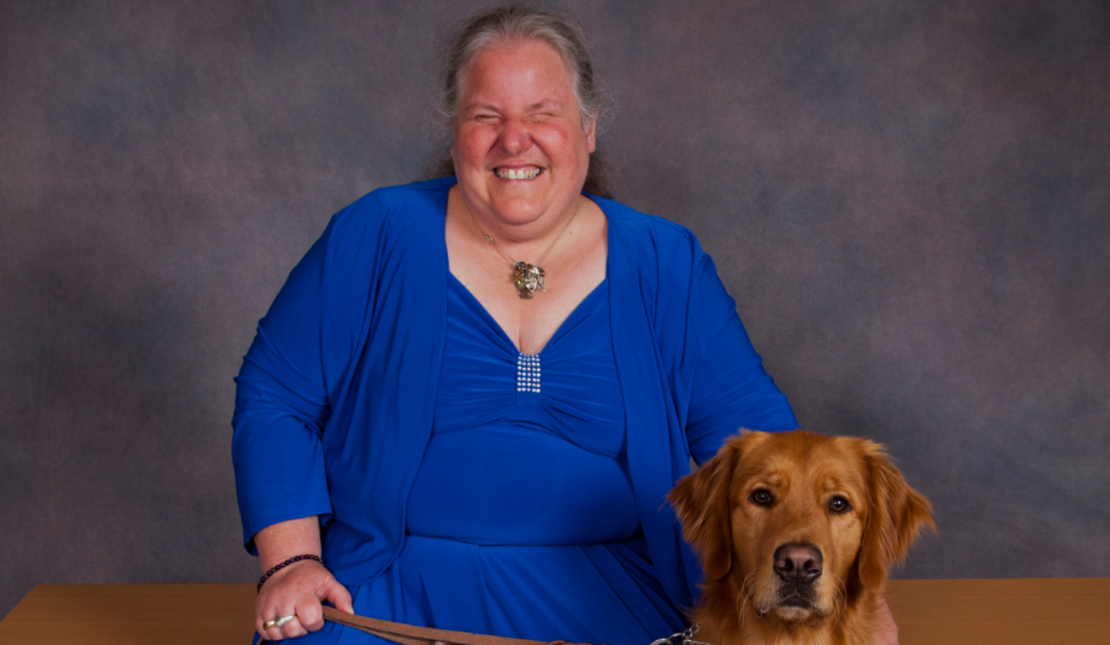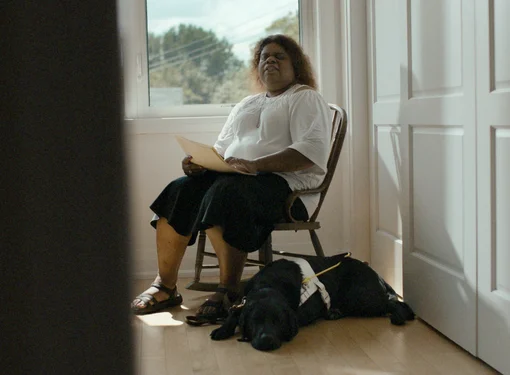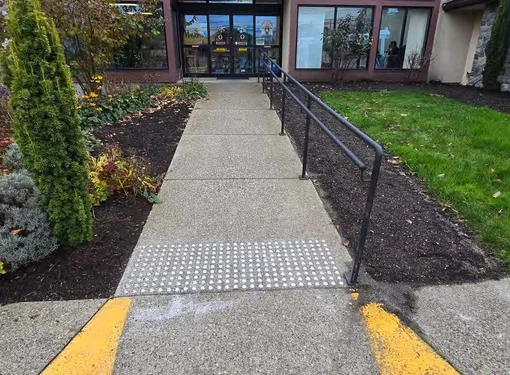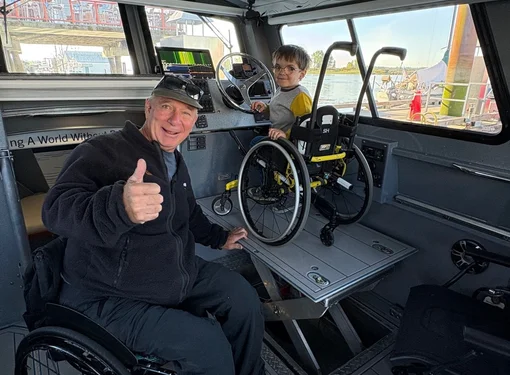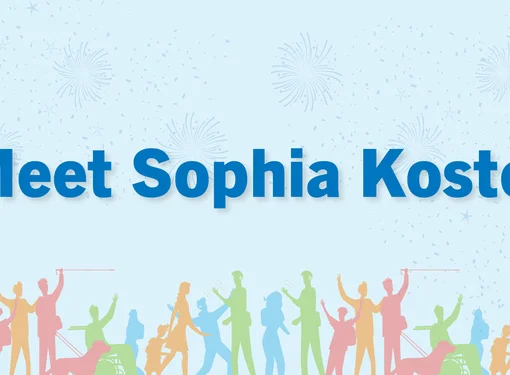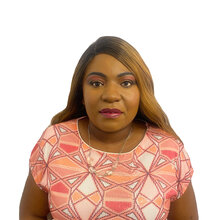From Braille to Broadband: Marcia Yale’s Vision for a Digitally Accessible World
“Access for all!” That’s the dream Marcia Yale has spent decades fighting for, and living out. Born totally blind, Marcia has spent a lifetime navigating a world not built with her in mind. But instead of being left behind, she became a trailblazer in digital accessibility, using every tool she could to bring others along with her.
The start of a digital journey
Marcia’s introduction to technology began early. She learned Braille as a young girl at Ontario’s W. Ross MacDonald School. By age 15, she was using an Optacon, a tactile device that converted printed text into vibrations her fingers could read. That early encounter with adaptive tech lit a spark.
In 1987, when many still viewed computers as intimidating machines, Marcia learned its basics in just a few days to take a job at Rogers. She had to, and she proved she could connect and work. Using her typing skills, a newly learned text-to-speech program, and sheer determination, Marcia secured a job.
She didn’t stop there. Marcia became an early adopter of smartphones, using text-to-speech tools long before most people had even figured out how to text. By the early 2000s, she was using phones to manage her calendar, create contact lists, and send messages independently.
“Having an iPhone with accessibility built in makes me feel human,” she says. “Just knowing I can pick up anyone’s phone and use it, that’s the way it needs to go.”
Smartphones, she adds, have been the biggest milestone in her life, not because they’re fancy gadgets, but because they’ve replaced an entire ecosystem of niche tools. “My phone is my library, my alarm clock, my GPS. It gives me the feeling that I belong. It brings me into the mainstream.”
Digital accessibility is not Just for people who are blind
One of the biggest myths Marcia works to bust is that digital accessibility is only for people who are blind. In truth, it benefits everyone. “You can have a print disability and be fully sighted,” she explains. Dyslexia, low vision, colour blindness, even a broken arm can make digital content difficult to access. Accessibility features like adjustable fonts size and colour, and flexible document formats are helpful for many. “Print disability is a good term to use because we all need some kind of accommodation,” she notes. Whether that means switching a PDF to a Word doc, changing contrast settings, or just using captions on a video, accessibility is for all of us.
The pandemic: a tipping point
Prior to 2020, digital accessibility was often treated as optional. But the pandemic forced the world online, and with it came a wave of awareness. “Suddenly, people were using Zoom,” Marcia recalls. “At first, Zoom was great about fixing accessibility bugs. But as more people jumped on, the fixes started to slow.”
Remote work, once considered a special accommodation, quickly became the norm. So did emailing documents, joining virtual meetings, and sharing digital content. This new reality revealed just how inaccessible many of these tools still were.
It seemed like the web has become more accessible. But Marcia says the reality is more complicated. “It really depends on the platform. There are still so many designers who create websites with no knowledge of accessibility.”
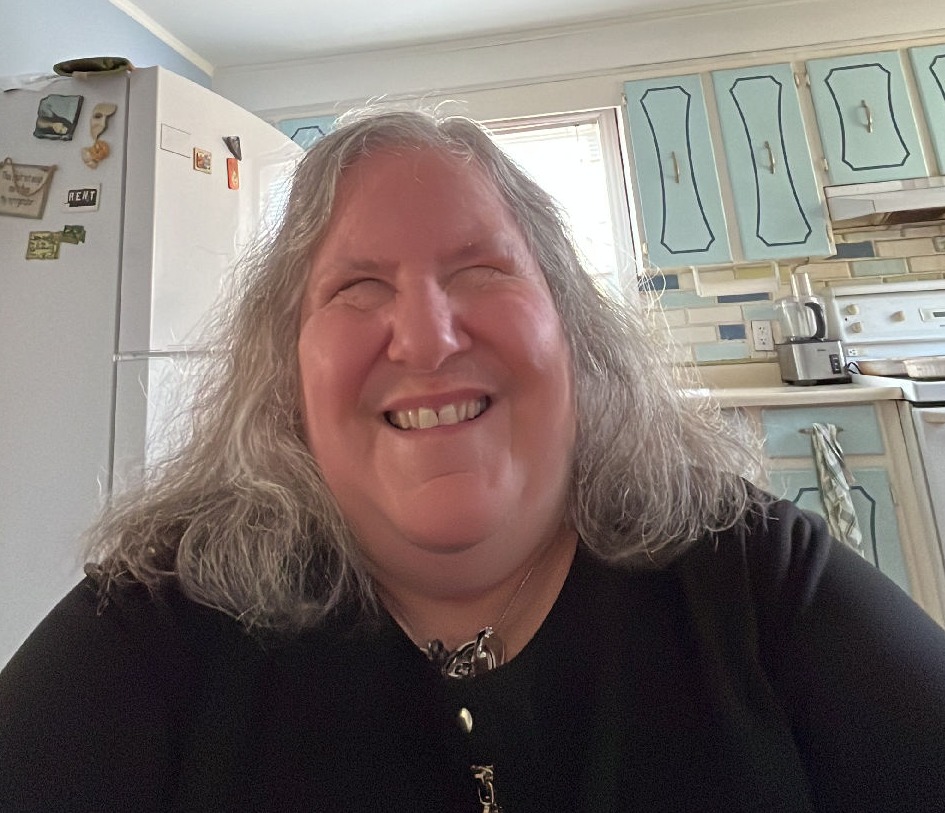
Familiar problems, still unsolved
Despite advancements, the digital world is still riddled with avoidable barriers. Unlabeled buttons. Images with no alt text. Sloppy interfaces that exclude more than they include. “Anything can be accessible today,” Marcia insists. “There’s no need to make things pretty and forget about accessibility.”
Often, the issue is ignorance. “People don’t always know what they’re doing wrong. And no one has told them.”
Another stubborn myth: that accessibility is too expensive. “But if they did it right the first time, they wouldn’t have to fix anything later,” she points out. “It’s not as costly as people think. It just requires intention.”
Are laws enough?
So what about legislation? Standards like the WCAG or laws like the ACA?
Marcia isn’t optimistic about their impact yet. “There’s no enforcement. Nothing says, ‘you must do this.’ It’s all ‘you should.’” In her view, until there are real consequences for inaccessibility, or meaningful incentives to do better, most people will continue doing the bare minimum, or nothing at all.
What does true accessibility look like?
Marcia’s vision for an accessible digital world is about culture. Real change, she says, begins with an attitudinal shift. Her ideal world is simple: every device, every website, every app must be accessible to everyone, right from the start. No more bolt-on fixes. No more niche tools. Just inclusive design embedded.
A Life lived and led in accessibility
Today, Marcia serves as the National President of the Alliance for Equality of Blind Canadians (AEBC), and represents the vision disabilities sector on the Board of the Broadcasting Accessibility Fund. She is also an active voice in national policy, serving on accessibility advisory committees and pushing for systemic change.
But she’s also a poet, a theater-lover, and a proud guide dog user. She’s lived a full life both inside and outside of her advocacy, and always with an eye toward what’s next.
Her message remains steady through it all: access for all.
Marcia Yale’s story is more than a personal journey. It’s a roadmap of where we’ve been and where we need to go. From Braille books to smartphones, from teleconferences to Zoom meetings, the evolution of digital accessibility has opened doors, but not all of them. The promise of inclusion still bumps up against bad design, outdated attitudes, and unenforced policies.
But thanks to voices like Marcia’s, the conversation is louder, clearer, and more urgent than ever. At the end of the day, accessibility is a foundation, and it is one we all deserve to stand on.
